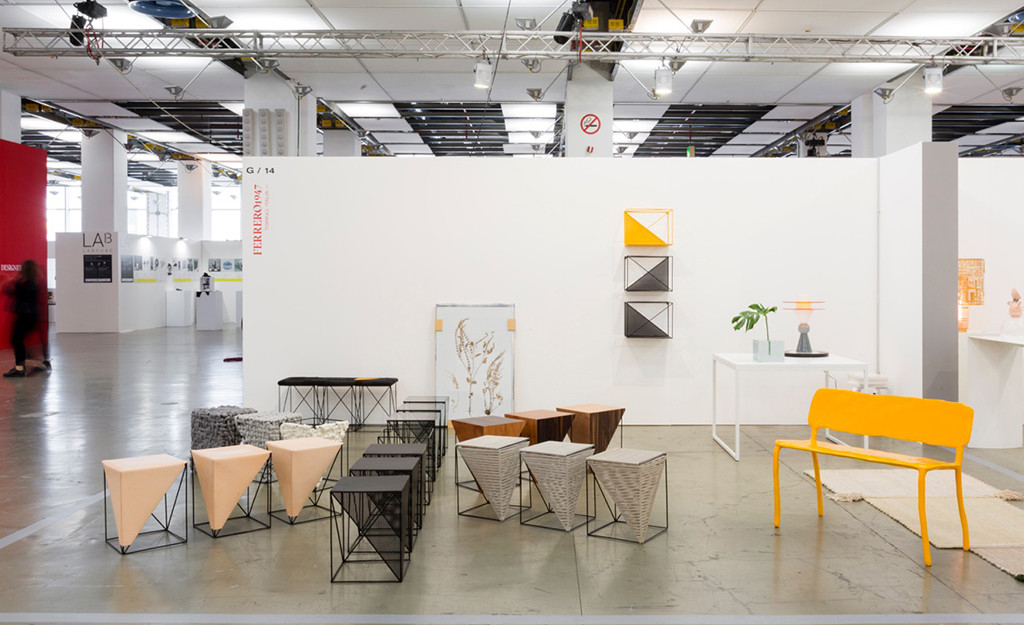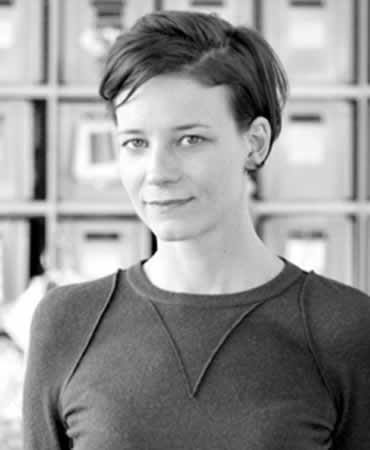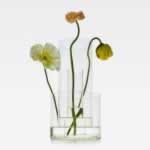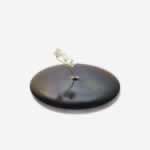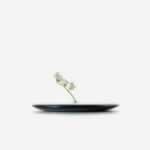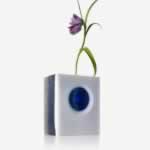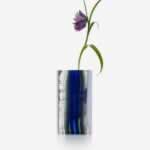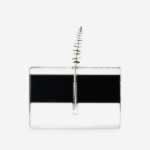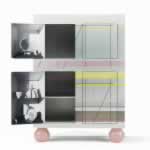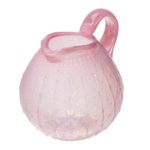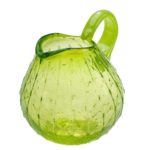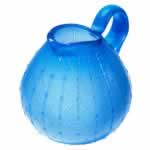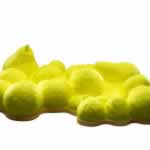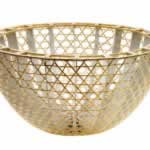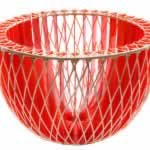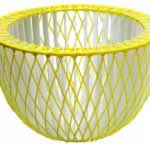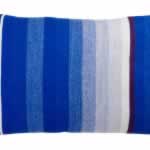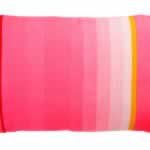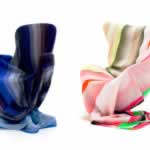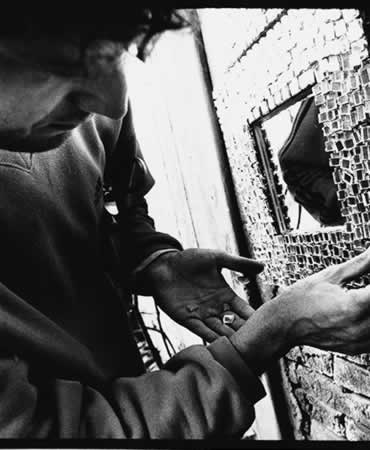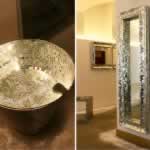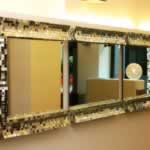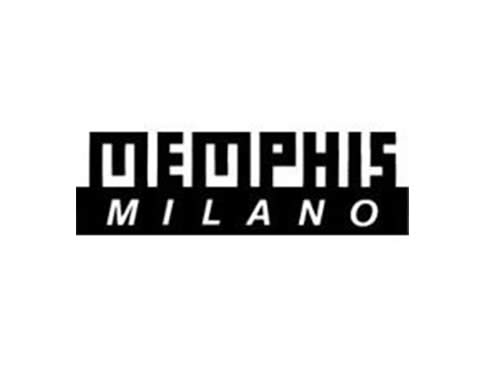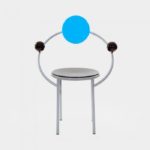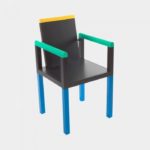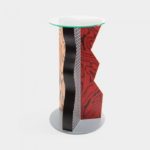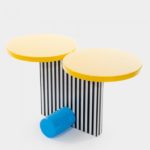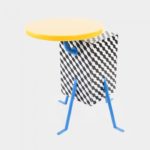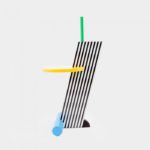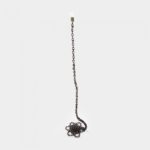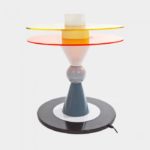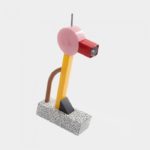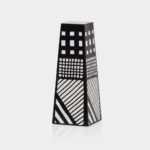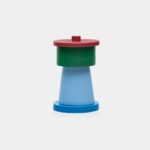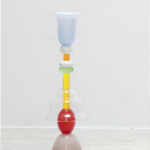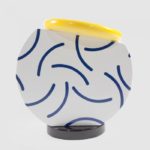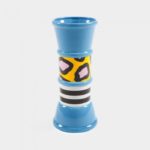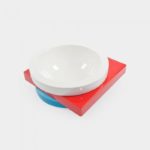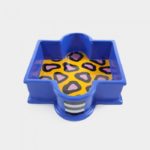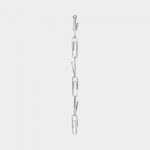M6 is a project by Luca Montrucchio for Ferrero1947, which is born from the reflection on the behavior of the different materials and those who work in front of a fixed and predefined scheme.
The fulcrum of the project is a square, lightweight, tapered structure made of 6 mm diameter, black painted iron rod and completed by a horizontal cover with 2 vertical limbs to turn it into a seat or stand.
In a second phase, were selected six different materials : wool, glass, perforated sheet, leather, linen and wood rope, and the finished structure was assigned, with attachment the cover scheme, to 6 artisans, experts in their field, who interpreted the precise design of the designer, also technically solving the fundamental knots for the manufacture of the product.
The selection was rigorous:
for wool: the Dutch weavers of Thomas Eyck, who are experts in Irish wool work
for glass: Cristal King’s glassware in Turin
for the perforated sheet: the blacksmith of Roero Gatto
for the leather: the pellet and the Pinerolese saddle Calautti
for the flax rope: the ancient Massia hammer manufacture
for wood: Tesio, the historic Piedmont carpenter collaborator of Carlo Mollino
The result is a hybrid object, a table of chairs or seats, in all the different types, to be used individually or assembled with infinite combinations.
To complete the M6 collection there is a bench, obtained from the repetition of the module, with seat in monochrome patch fabrics, and a wall structure, with the same proportions and lines, with inserts in perforated black sheet metal.
M6 is available from November in the FERRERO1947 gallery in Turin, in corso Matteotti 15 or online by mail.
